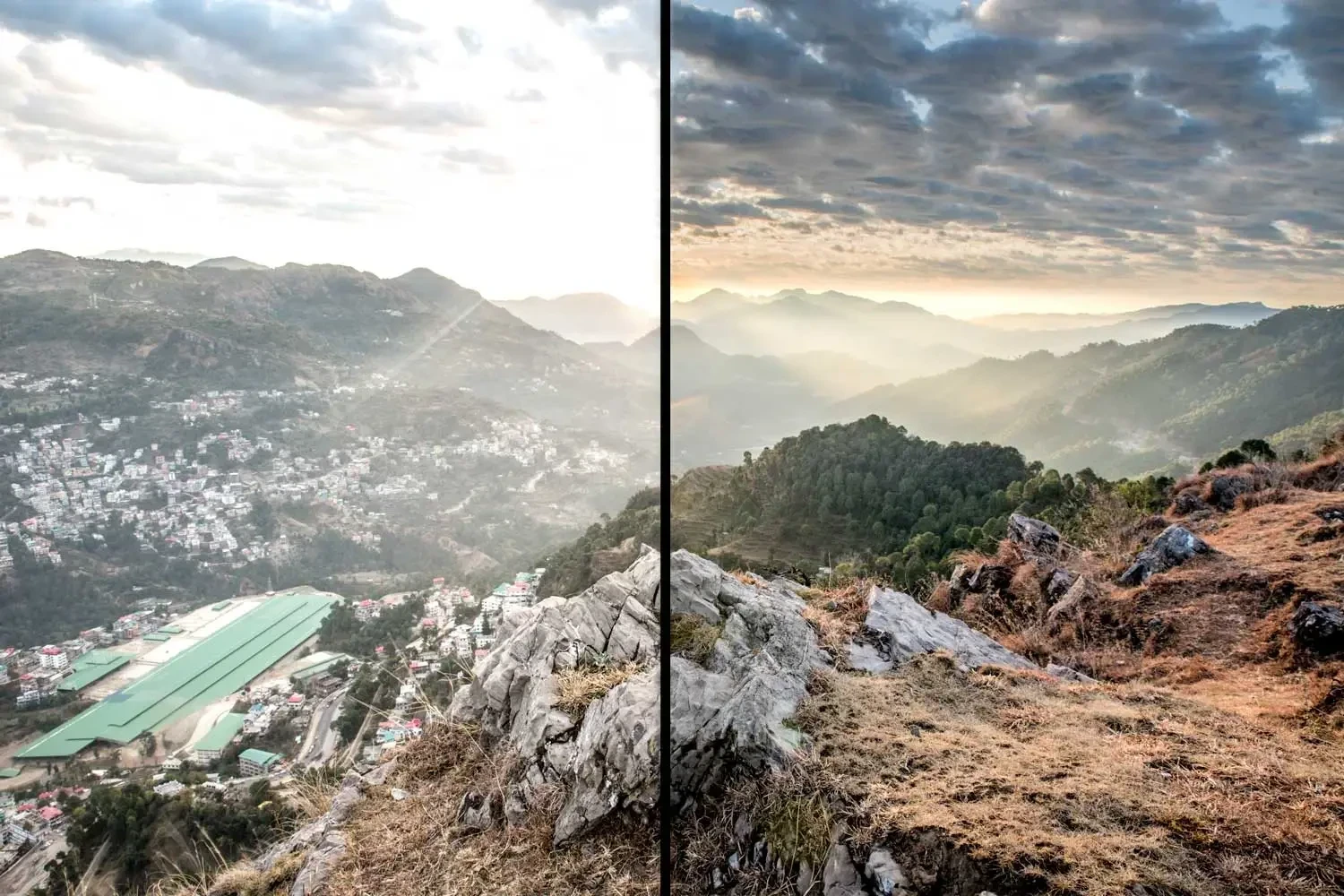Whether you are a seasoned photographer or a beginner who just started exploring the magical world of photography, you’ve likely faced several challenges during your photoshoots. One of the most significant issues often lies in the post-production phase where Adobe’s Photoshop becomes the ultimate rescue tool. Today, I will take you behind the scenes of my personal journey with overcoming post-production hurdles, all thanks to this fantastic software.
Post-production is a crucial part of the photoshoot process. It breathes life into raw images, transforming them into a breathtaking spectacle that can tell a thousand stories at a glance. However, just as with any process, it comes with its fair share of challenges. One of the most memorable was a magazine cover shoot I had a few years ago.
The day was perfect; we had a professional model, a stylist who was on top of her game, and a makeup artist who made magic with brushes. However, as soon as the model stepped under the lights, we realized we were up against a monumental challenge: the studio lights were casting harsh shadows, and no matter how we adjusted them, we couldn’t get the desired effect.
This is where Photoshop comes to the rescue. Using the Burn and Dodge tool, I was able to manipulate the light and shadow, giving the photograph a softer and more professional look. Not only did Photoshop save the day, but it also allowed me to learn new skills and further refine my craft.
In another instance, we were tasked with a nature-themed editorial photoshoot. The weather was unpredictable, and just as we started, it started raining heavily. We managed to get a few shots in, but not without some raindrops smudging the lens, which left water spots on the photos.
However, instead of discarding these photos, I decided to use Photoshop’s Spot Healing Brush Tool. This tool makes it easy to remove any undesired elements from the picture, and just like that, the raindrops were gone! This experience was a reminder of the power of Photoshop in turning a potentially disastrous photoshoot into an impressive piece of art.
Similarly, there was a time when we were photographing a newly opened boutique hotel for its promotional materials. The hotel was a perfect blend of modern and rustic elements, but we were shooting in the evening, and some parts of the hotel were not adequately lit.
Through the magic of Photoshop, specifically the Adjustment Layers and Masking features, I was able to correct the poorly lit sections and highlight the hotel’s architecture beautifully. This photoshoot was a perfect example of how Photoshop can transform what may seem like a subpar photo into an image worthy of a high-end lifestyle magazine.
These experiences and many more have taught me that Photoshop is not just a tool for post-production editing, but a savior in tricky situations. It helps photographers bring out the best in their work, no matter the circumstances.
However, remember that while Photoshop is an excellent tool, it’s no substitute for learning and mastering the art of photography. Knowing how to frame a shot, understanding the principles of lighting, and creating a rapport with your subjects are all vital components of a successful photoshoot. So, while we can depend on Photoshop to come to our rescue, let’s not forget to continue honing our skills and crafting our art.
In conclusion, the beauty of photography lies in capturing the world as we see it, and sometimes, as we imagine it. Photoshop enables us to overcome post-production challenges, but more than that, it provides a canvas to paint our imagination, to bring our vision to life. So let’s embrace it, learn it, and let it come to our rescue when we need it the most.


0 Comment